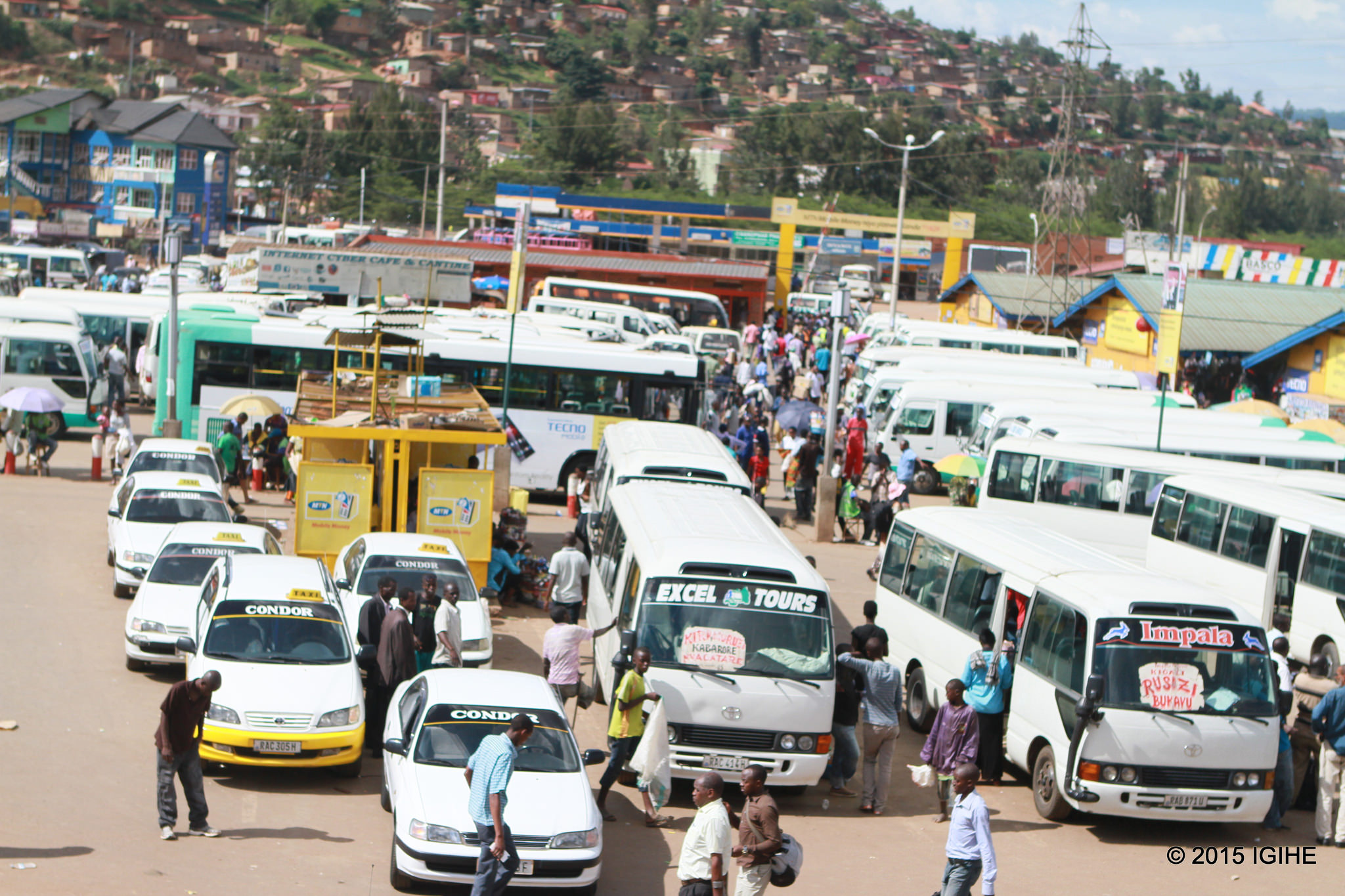Abigail Muhire, who works in Kigali but has a family in Musanze District, has to spend more of his income to be able to travel by transport means.
He is one of the passengers who are feeling the impact of public transport fees that took effect on March 16, which has meant an increase in fares for passengers. They were announced by the Rwanda Utilities Regulatory Authority (RURA) on March 12.
For instance, a passenger has to pay Rwf891 or 46 percent more on public bus transport to travel from Nyabugogo taxi park (in Kigali) to Musanze taxi park (in Northern Province), because the journey used to cost Rwf1,930 but the fare rose to Rwf2,821 as a result of the fee change.
“I used to spend Rwf5,000 to travel from Kigali to Musanze and back, but now that is not possible because of an increase in public transport fare,” Muhire, who works in Kigali but has a family in Musanze District, told The New Times.
Rwanda’s Consumer Price Index (CPI), the main gauge of inflation, increased by 4.5 percent in April 2024 compared to the same month of 2023, with the transport sector topping the underlying factors for the recorded increment as it contributed 2.7 percentage points to it – or more than a half.
The index for April is slightly higher than the 4.2 percent that was registered in March.
This is according to a Consumer Price Index (CPI) publication of April 2024, which was released on May 10, by the National Institute of Statists of Rwanda (NISR).
The index indicated that, on an annual basis, food and non-alcoholic beverages increased by 1.6 percent and transport increased by 24.2 percent.
Every month, food and non-alcoholic beverages increased by 1.3 percent and transport increased by 8.2 percent.
“The increase in transport prices follows the recent adjustment of passenger transport prices after the government ceases transport ticket subsidies, as well as adjustments reflecting changes in input prices within the transportation sector,” the Director of Economic Statistics at NISR, Jean Claude Mwizerwa, told The New Times.
Inflation still normal, within check
Meanwhile, Mwizerwa observed that as long as the inflation is below 5 percent, it is considered normal.
“Moderate inflation is beneficial for economic growth, as it stimulates production and increases the investment demand,” he said.
According to the National Bank of Rwanda (NBR), monetary policy shall maintain price stability by keeping headline consumer price inflation within the band of 2 percent and 8 percent, with a focus on having it close to 5 percent in the medium term.
Other data related to the April CPI
The underlying inflation rate (excluding fresh food and energy) rose by 6.6 percent when compared to April 2023 and it increased by 1.8 percent compared to March 2024.
The data show that, on an annual basis, the local goods index increased by 2.5 percent, the imported goods index rose by 11 percent, and the fresh products index decreased by 1.5 percent.
The energy index, on the other hand, grew by 4 percent, and the core index – or the general index excluding fresh products and energy – increased by 6.6 percent.
Every month, the local goods index went up by 1 percent, the imported goods index rose by 2.8 percent, the fresh products index increased by 0.8 percent, the energy index decreased by 0.2 percent and the core index increased by 1.8 percent.
It pointed out that Urban CPI is calculated based on approximately 1,622 products in 12 urban centers of Rwanda.
Meanwhile, the publication showed that rural CPI decreased by 3.5 percent on an annual basis, and increased by 0.1 percent every month, while overall, Rwanda’s CPI decreased by 0.5 percent on an annual basis, and it gained by 0.6 percent every month.

